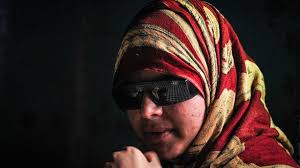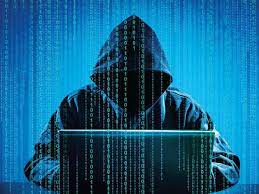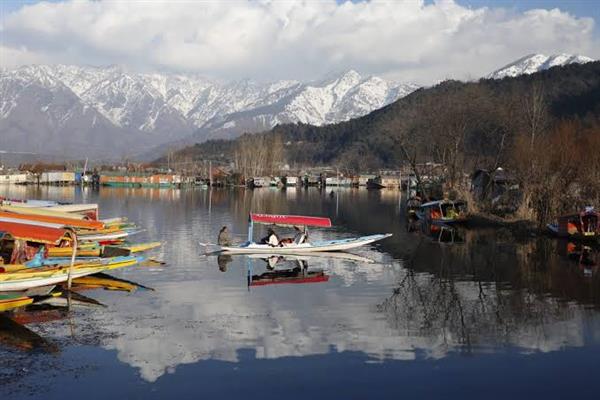The police have admitted that pellets fired by its men and other forces in Kashmir are hitting the protesters on their faces and above-waist in violation of the standard operating procedures governing crowd control.
A communiqué issued by Kashmir range inspector general of police Muneer Khan to all senior superintendents of police reads that it has been observed that still in certain cases pellets are being fired above the waist and sometimes on the faces which is completely against the “prescribed SOP devised for the use of pellet guns.”
“More deflectors have been used for the same purpose and the aim of using these deflectors is to cause minimum injury to the protestors. Hence, use of deflectors is a must,” reads the communiqué, copy of which is with Kashmir Post.
The communiqué has been issued on December 19—the day scores of people were hit by pellets during a gunfight in Shopian. At least eleven people were hit in their eyes and were admitted to the general specialty SMHS hospital in Srinagar, according to a doctor.
The IGP has directed the district police chiefs to brief the policemen on use of deflectors fitted to the pellet guns and has also sought details of deflectors available with the policemen.
A copy of the letter has been sent to the inspector general of Central Reserve Police Force which is also in possession of pellet guns.
This is apparently for the first time that the police have admitted misuse of pellet guns by its men while dealing with the protestors on Kashmir streets.
On November 26 this year, a teenage student was pumped with almost a full cartridge of pellets in his stomach, damaging his vital organs. The incident triggered a massive public outcry, forcing the police to order a high-level inquiry to be conducted by senior superintendent of police Srinagar. The probe is still on.
Talking to Kashmir Post, director general of police S P Vaid said that the police have got a very less supply of deflectors after “their use was approved by the ministry of home affairs.”
“Once we have the adequate supply of deflectors, the nature of injuries will come down. I have directed the IGP Kashmir to ensure deflectors are used properly,” he said.
Though the army doesn’t use pellet guns, the police and CRPF have been facing tremendous criticism following the killing of Burhan Wani in July last year for blinding youth by firing pellets on their faces and eyes. The rights organisation Amnesty International has called for an immediate ban on use of pellet guns in Kashmir.
A pellet gun or pump-action shotgun normally fires a single cartridge that spits out as many as 400 small pellets which don’t follow a definite path. Pellets penetrate the body’s soft tissues, and eyes, according to doctors, are the most vulnerable to damage as they are delicate.
A pellet causes multiple damages to all parts of the eye, the doctors say.
The deflector, an aluminum shield fitted on the upper side of the muzzle, was aimed to ensure that lesser velocity pellets hit protesters only on the lower parts of the body, and not the vulnerable area of abdomen and above.
As many as 14 people were killed due to pellet ammunition and more than 7500 others, mostly youth, suffered injuries, 1100 of them in eyes, since July last year when Kashmir erupted over the killing of Wani.
During a trauma conference held at government medical college Srinagar, doctors said that in the four months of 2016 alone, 500 victims with abdominal trauma were treated at the hospital—85 had bullet injuries and 349 were wounded by pellets.
A souvenir of the conference read that 1028 pellet injuries were treated by the department of Ophthalmology since July 2016. More than 65 youth were declared as “legally blind.”
Police admit ‘Misuse’ of pellets, top officer cautions SSP’s






